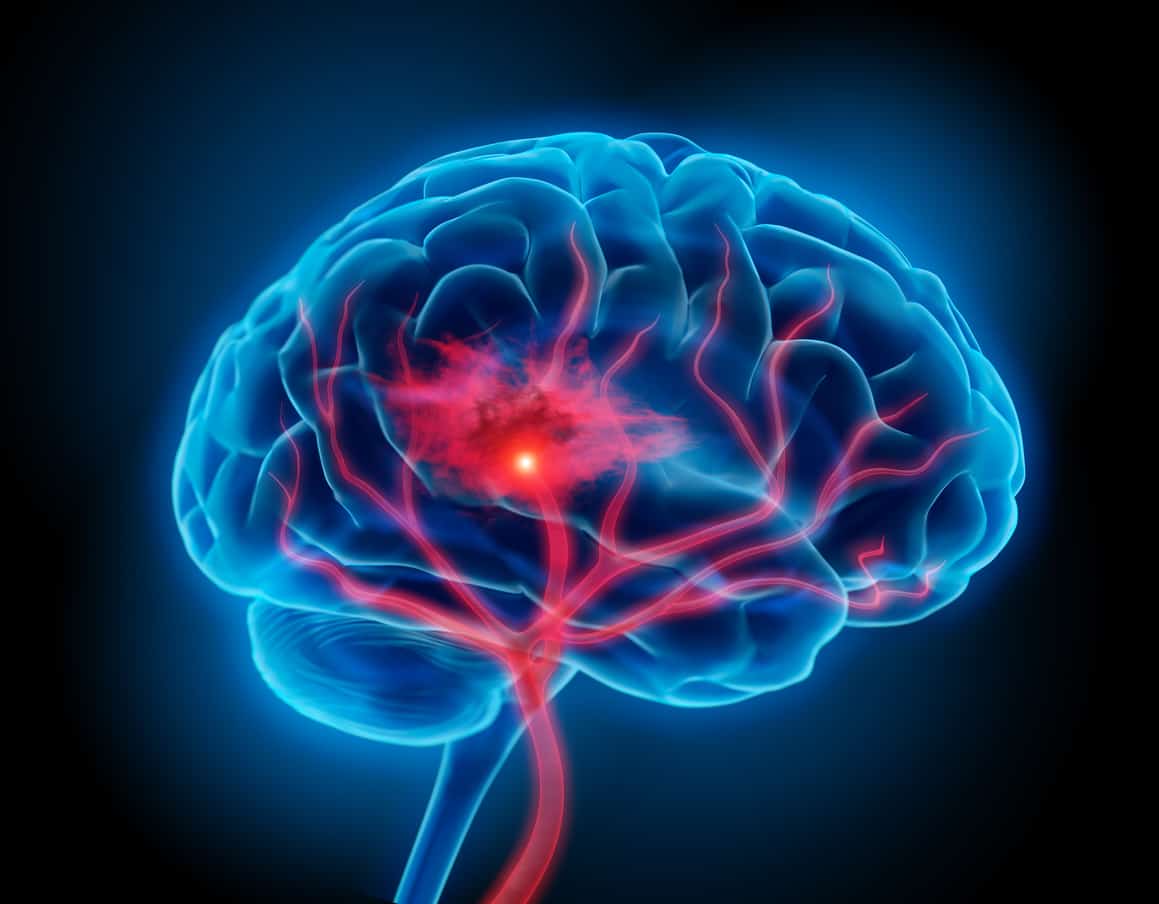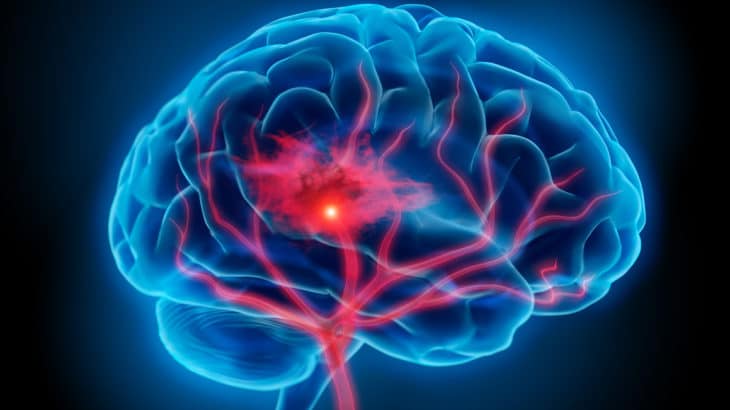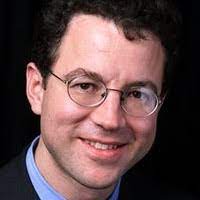Program Overview
This CME activity is derived from content presented at the 7th Annual European Stroke Organization Conference (ESOC) 2021 Virtual. The expert faculty, led by Dr. Stephan Mayer, will first provide an overview of double antiplatelet therapy, including pathobiology, disease mechanisms and platelet activation. Following, clinical trial data in stroke and cardiovascular disease will be reviewed. Next, the pros and cons of risk assessment will be analyzed, including bleeding risk, identifying high-risk patients, and the emergency reversal of antiplatelet therapy. To finalize, a review of both the American Stroke Association (ASA) and European Stroke Organization (ESO) guidelines will be discussed. The faculty will conclude with an expert panel discussion, highlighting therapeutic strategies for the secondary prevention of ischemic stroke and transient ischemic attack.
Target Audience
Neurologists, stroke neurologists, neurointensivists, and other clinicians involved in acute and subacute stroke care comprise the primary target audience. Other healthcare providers who care for stroke patients, including emergency medicine physicians, cardiologists, vascular medicine specialists, hospitalists and other internists, nurses, and pharmacists will benefit from the key learnings of these programs.
Learning Objectives
- Understand the disease mechanisms of early recurrent ischemic neurovascular events
- Discuss the application of antiplatelet therapy with both ASA and P2Y12 inhibitors in acute and early secondary prevention of recurrent ischemic neurovascular events
- Review strategies for risk stratification and net clinical benefit in managing early secondary prevention of recurrent ischemic neurovascular events
- Discuss and plan optimal approaches of transition of ongoing care of their stroke patients to other healthcare professionals who provide more chronic and ongoing care
Agenda
I. Double Antiplatelet Therapy: Mechanisms and Pathobiology – David Liebeskind, MD
II. The Evidence: Major Clinical Trials in Stroke and Cardiovascular Disease – Stephan Mayer, MD
III. Risk Assessment with DAPT: Judging the Pros and Cons – Thorsten Steiner, MD, PhD
III. Making Sense of the Data: What to do? – Peter Schellinger, MD
IV. Faculty Panel Discussion
Faculty
Stephan Mayer, MD (Course Chair)
Director of Neurocritical Care and Emergency Neurology Services
Westchester Medical Center Health Network
Professor of Neurology and Neurosurgery
New York Medical College
Valhalla, New York
David S. Liebeskind, MD
Professor of Neurology
Director, Neurovascular Imaging Research Core
Director, UCLA Comprehensive Stroke Center
Los Angeles, California
Peter Schellinger, MD, PhD
Chairman, Departments of Neurology and Neurogeriatry
Johannes Wesling Medical Center Minden
University Hospital of the Ruhr University Bochum
Minden, Germany
 Thorsten Steiner, MD, PhD
Thorsten Steiner, MD, PhD
Department of Neurology
Klinikum Frankfurt Höchst, Germany
Department of Neurology
Heidelberg University Hospital, Germany
Department of Clinical Medicine
Copenhagen University, Denmark
Disclosures of Conflict of Interest
It is the policy of AcademicCME that all faculty, instructors, and planners disclose real or apparent conflicts of interest relating to the topics of this educational activity.
The faculty reported the following financial relationships or relationships to products or devices they or their spouse/life partner have with commercial interests related to the content of this CE activity:
| Faculty | Relationship Identified With: |
| Stephan Mayer, MD | Consultant/Advisor: AstraZeneca Pharmaceuticals |
| David Liebeskind, MD | Consultant/Advisor: AstraZeneca Pharmaceuticals; Cerenovus; Genentech, Inc.; Medtronic; Stryker |
| Peter Schellinger, MD, PhD | Consultant/Advisor: AstraZeneca Pharmaceuticals; Boehringer Ingelheim; Daiichi Sankyo Company, Limited
Speaker’s Bureau: AstraZeneca Pharmaceuticals; Boehringer Ingelheim; Daiichi Sankyo Company, Limited |
| Thorsten Steiner, MD, PhD
|
Nothing to disclose |
Planners and Peer Reviewers
Timothy Hayes, MD, PhD; Kim Cheramie, MSN, RN-BC; Chelsey Benedek and Nicole McMenamin hereby state that they or their spouse/life partner do not have any financial relationships to products or devices with any commercial interests related to the content of this activity of any amount during the past 12 months.
Accreditation Statement
In support of improving patient care, AcademicCME is jointly accredited by the Accreditation Council for Continuing Medical Education (ACCME), the Accreditation Council for Pharmacy Education (ACPE), and the American Nurses Credentialing Center (ANCC), to provide continuing education for the healthcare team.
Credit Designation Statements
AcademicCME designates this enduring material for a maximum of 1.5 AMA PRA Category 1 Credits™.
Physicians should claim only the credit commensurate with the extent of their participation in the activity.
Financial Support
This activity has been supported by an independent educational grant from AstraZeneca Pharmaceuticals.
Disclosure of Unlabeled Use
This educational activity may contain discussion of published and/or investigational uses of agents that are not indicated by the FDA. AcademicCME and AstraZeneca Pharmaceuticals do not recommend the use of any agent outside of the labeled indications.
Disclaimer
Participants have an implied responsibility to use the newly acquired information to enhance patient outcomes and their own professional development. The information presented in this activity is not meant to serve as a guideline for patient management. Any procedures, medications, or other courses of diagnosis or treatment discussed or suggested in this activity should not be used by clinicians without evaluation of their patient’s conditions and possible contraindications on dangers in use, review of any applicable manufacturer’s product information, and comparison with recommendations of other authorities.
Method of Participation
In order to claim credit, participants must complete the following:
- Read the learning objectives, accreditation information and faculty disclosures at the beginning of this activity.
- Complete the Pre-Activity Questions
- Read or Review the activity content.
- Complete the Post-Activity Test Questions and Evaluation.
- Learners who receive a grade of 66% or better on the Post-Activity Test Questions and complete the Evaluation will receive appropriate credit as indicated (CME, CNE, and/or CPE credit).
- CPE credit will be posted to the learner’s CPE Monitor profile within 60 days of completion.
- CME and CNE credit will be issued appropriate certificate of completion.
- Others may request a “certificate of completion”.
- Learners should claim only the credit commensurate with the extent of their participation in the activity.
CE Inquiries/Special Needs
For all CE inquiries or special needs, please contact [email protected].








